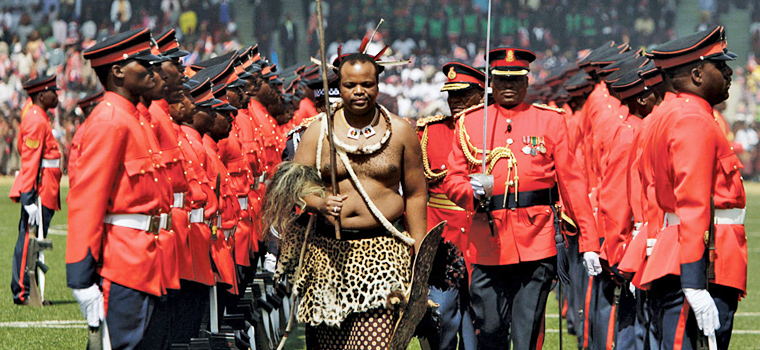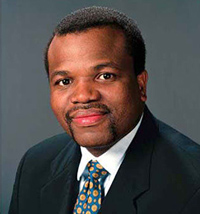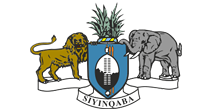
GOVERNANCE
Eswatini is a Monarchy, whose current Head of State is His Majesty King Mswati III who ascended to the throne in1986. Both the country's political and legal system can be described as dual in that they feature the simultaneous operation of traditional institutions and western methods of modern governance and Roman Dutch Common Law. The Constitution of Eswatini Act No.001/2005 came into force in 26 July 2005. The Constitution is the Supreme Law of the Land. The Constitution provides for three organs or arms of government, that is the Executive, a Bicameral Legislature and the Judiciary. Each of these organs is independent from other arms.

The kingdom practices the Western style of government. The Eswatini Parliament consists of a 65-seat House of Assembly, also known as the Lower House. The House of Assembly comprises 55 Members who are elected every five years by the public through a secret ballot plus 10 Members who are appointed by the King. The House of Senate, also known as the Upper house consists of 30 Senators, 20 of which are appointed by the King and 10 are elected from members of the public by the Lower House – House of Assembly. The upper House is headed by a Senate President and a Deputy President and the House of Assembly is led by a Speaker who has a Deputy.
The country is governed by a dual legal system, which constitutes the Traditional Emaswati National Courts and Constitutional Courts. The Constitutional Courts practice Roman Dutch Law; comprising of the High Court, Magistrate Courts and Industrial Courts. The head of the Constitutional Courts is the Chief Justice. Judges and Magistrates fall under his office.
On July 26, 2005 King Mswati III ratified the Kingdom's New Constitution, which went into effect February 8, 2006. The Constitution was the culmination of a long process of deliberation and consultation that involved all sectors of Emaswati society.
The Constitution States that the "system of government is a democratic, participatory, Tinkhundla-based system, which emphasises devolution of state power from central government to tinkhundla areas and individual merit as a basis for election or appointment to public office."
For local administration Eswatini is divided into four regions, each with an administrator appointed by the king. Parallel to the government structure is the traditional system consisting of the king and his advisers, chiefs (with a total of 366 Chiefdoms), 55 tinkhundla (i.e. Sub Regional Districts) and Traditional Courts.
The Constitution also states that “all persons are equal before and under the law in all spheres of political, economic, social and cultural life and in every other respect and shall enjoy equal protection of the law.”
According to the Emaswati Constitution, executive authority is vested in the King, as Head of State; hence the King is the one who appoints a Prime Minister and Cabinet Ministers, while the people of Eswatini elect most of the Legislators.
